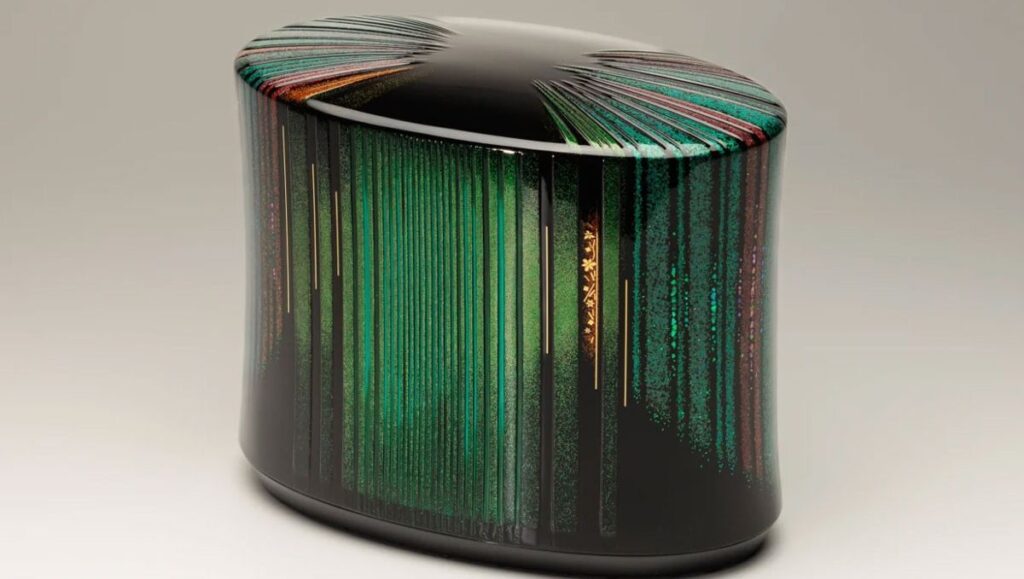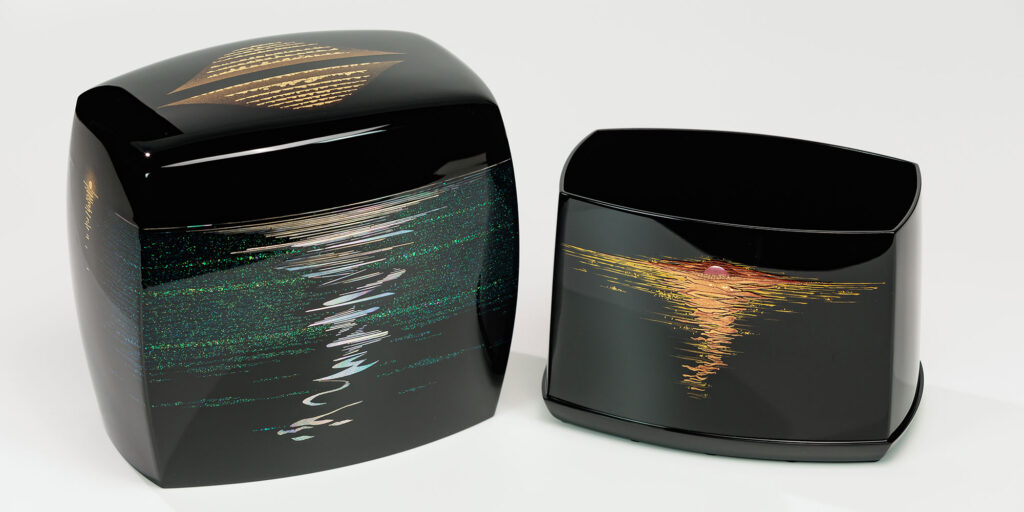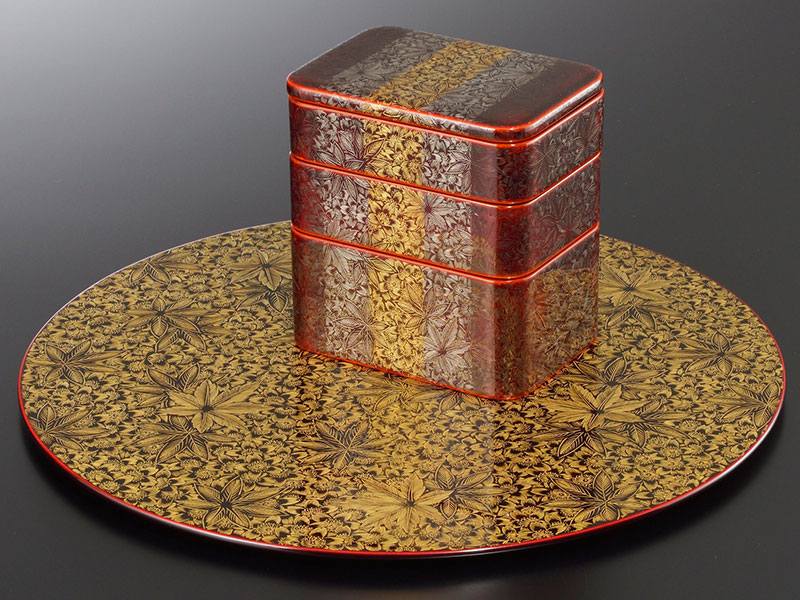
Wajima has been the cradle of Japanese lacquer art since the craft was brought from neighboring Korea to Japan thousands of years ago. The distinctive style developed in the port city known as Wajima-nuri and made in urushi—the sap of the lacquer tree—has become synonymous with high quality and innovation in Japanese decorative. At present, three Living National Treasures are based in Wajima, recognized by the government for their excellence and for contributing to the heritage of Japanese kogei (crafts). Its local Musuem has attracted travelers interested in Japanese crafts, and its local organization represents all Wajima’s artists working in lacquer.
In January of 2024, Wajima and other towns in the region suffered a tremendous damage due to the Noto Earthquake. This 7.5 magnitude earthquake raised the coastline and triggered a tsunami, causing hundreds of deaths and damage to many lacquer studios, leaving those artists without their source of income.
To support Wajima and its artists, and to assist the recovery in the Noto Peninsula, New York-based Onishi Gallery and KOGEI USA (not-for-profit organization recently established with the goal of raising the reputation of Japanese traditional arts and culture outside Japan by holding exhibitions and cultural events at major museums in the US and Europe) have opened an exhibition entitled The Spirit of Noto: Urishi Artists of Wajima and Waves of Resilience at their new location on the Upper East Side of Manhattan.
The show shines a light on the most exquisite contemporary expressions of Japanese lacquer art, demonstrating the richness and variety of techniques practiced in Wajima. Works by the three Living National Treasures—Yamagishi Kazuo, Komori Kunie, and Mae Fumio—are on display, alongside the works of fourteen other Wajima artists. Along with the exhibition, another project—a new tabletop collection by Senshudo, a leading producer of lacquer that comes to support Wajima’s lacquer—was launched. The series, designed by New-York-based interior designer Melissa Bowers, reflects on Wajima’s landscape and journeys of healing while using the traditional art of lacquer to reflect dining practices and to propose affordable lacquer art from Wajima.



